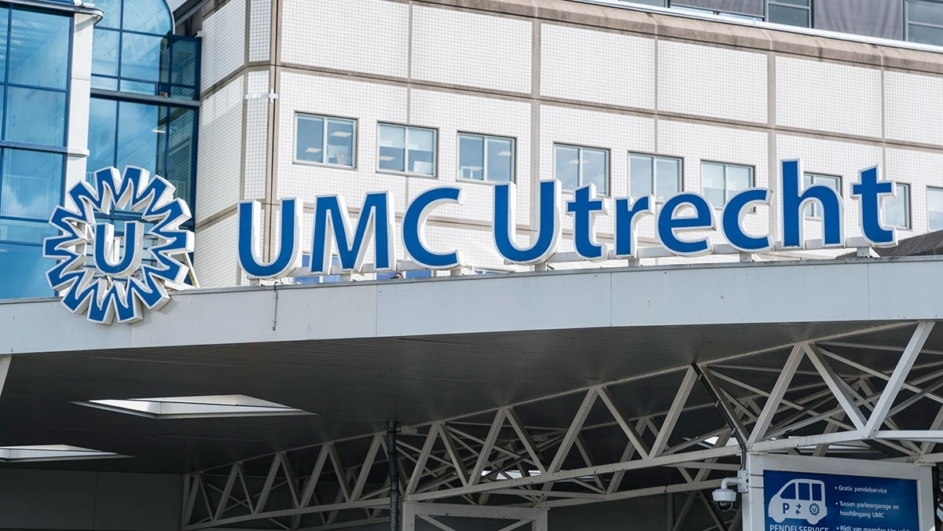More insight into highly increased protein intake vulnerable groups

Especially for children with cancer, it is important to be careful with highly increased protein intake in view of their health. Researchers from the Hoeijmakers group at the Prinses Máxima Center draw this conclusion after research in mice studying the influence of nutrition on DNA damage. To learn more about the exact mechanisms and effects, follow-up research is taking place at the Máxima Center.
That the composition of your diet has an effect on health and longevity is common knowledge. But the picture about the long-term health effects of specific food components and the corresponding amounts is not yet complete. Researchers from the Hoeijmakers group at the Princess Máxima Center therefore investigated the effect on cellular aging of protein intake, one of the most important nutrients. In this study, rapidly aging mice that ate excessive protein and fewer carbohydrates were found to live shorter lives than conspecifics that took the recommended daily amount of nutrients. The results were published today in Nature Metabolic Health and Disease.
Thoughtful protein intake
Ivar van Galen, PhD student in the Hoeijmakers group is first author of the study. In the study, mice were given a more than doubled protein intake compared to the so-called standard control diet: ‘We saw in rapidly aging mice that this greatly increased intake of protein combined with a reduced intake of carbohydrates caused more damage to the DNA. This extra damage to the whole genome led to a significantly shorter lifespan. We suspect it’s mainly about the amount of dietary protein that isn’t used by the body for purposes like building muscle.These ‘residual’ proteins are converted into energy, and the byproducts of this process can lead to DNA damage, among other things.
Aged mice and humans
So-called “rapidly aging mice” were used for the study. The properties of the cells and DNA of these mice make research into cell aging and its effects more rapid compared to research with ‘normal’ mice. Dr. Wilbert Vermeij, senior postdoctoral and Oncode Institute researcher, led the study and explains how the results of this nutritional study in mice can be translated to humans: “There is also limited, published, public research data available from the same type of study in ‘normal’ mice, rats and humans. We compared that data with our data and saw a similar trend. This makes it plausible that what we saw in our mice is directly translatable to humans and thus children with cancer.’
Adjusted diet?
To determine the exact tipping point of increased protein intake toward cellular aging and shorter lifespan, more research is needed, including in combination with the effect of exercise. Until then, Vermeij says it is good to be cautious about greatly increased protein intake. ‘Although these are amounts that children with cancer rarely take for various reasons, they are already more likely to have DNA damage because of their treatment. As do children with rare aging diseases. They should therefore limit the risk of additional DNA damage, such as from highly increased protein intake.’
The FitCo study recently opened at Máxima therefore includes the protein intake of children with cancer. In the process, blood will be drawn so that the Hoeijmakers group can measure transcriptional stress, as a measure of DNA damage, in these children. Thus, this research will be followed up in this study of how nutrition and exercise and body composition affect treatment outcomes and quality of life of children with cancer.
This research was financially made possible in part by the U.S. National Institute of Health (NIH), the Dutch National Institute for Public Health and the Environment of the Ministry of Health, Welfare and Sport, Regiodeal Foodvalley and Oncode Insitute.

Laigo Bio at Utrecht Science Park raises €11.5 million in investments
Laigo Bio, a start-up located at Utrecht Science Park in the Life Sciences Incubator building, announced today that it has raised €11.5 million in investments from a large number of leading investors.

Ronald McDonald House Utrecht presents plans for new, larger House with 50 rooms
Ronald McDonald House Utrecht is building for the future. At Utrecht Science Park, next to the Wilhelmina Children’s Hospital and within walking distance of the Princess Máxima Center, Ronald McDonald House Utrecht has advanced plans to build a brand new, sustainable House with 50 guest rooms. Preparations are well underway, and construction is scheduled to begin in the second half of 2026. The goal is to open the new House sometime in 2028. This expansion will allow the House to offer more families of seriously ill or care-intensive children a warm home, allowing them to be close to their sick child day and night.

Renewal and sustainability UMC Utrecht
In the coming years, most of the UMC Utrecht will be renovated, rebuilt or newly constructed. Many of our buildings are already nearly forty years old and require renovation and sustainability.

Utrecht Science Week anniversary edition a great success
The fifth edition of Utrecht Science Week was a resounding success! With more programs, locations, speakers, and visitors than ever before, we look back on an exciting week. The variety of programs and the diverse audience were wonderful to witness. This way, the groundbreaking research here at Utrecht Science Park isn’t kept behind closed doors, but is given the opportunity to inspire others.